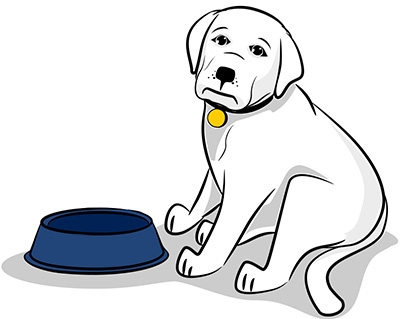Free Shipping*
Lower 48. Orders over $100.
2 Year Warranty
On all our radios.



Your cart is currently empty.
Year
Make
Model
Year
Make
Model
Find parts for your vehicle:
Select Year
Select Make
Select Model
A few suggestions:
- Check or remove your vehicle fitment filter
- Check for typos or misspellings
- Broaden your search by removing any applied filters
- Still not finding what you want? Give us a call at 1-888-789-7297 and one of our sales representatives will be happy to assist you.

Copyright © 2025 ClassicCarStereos.com